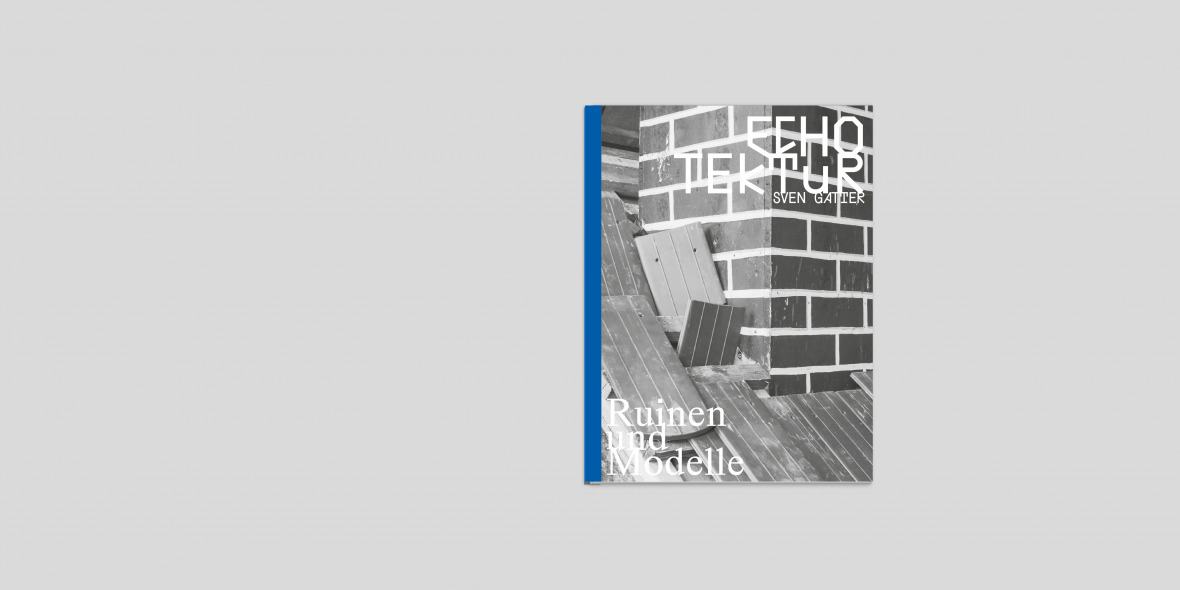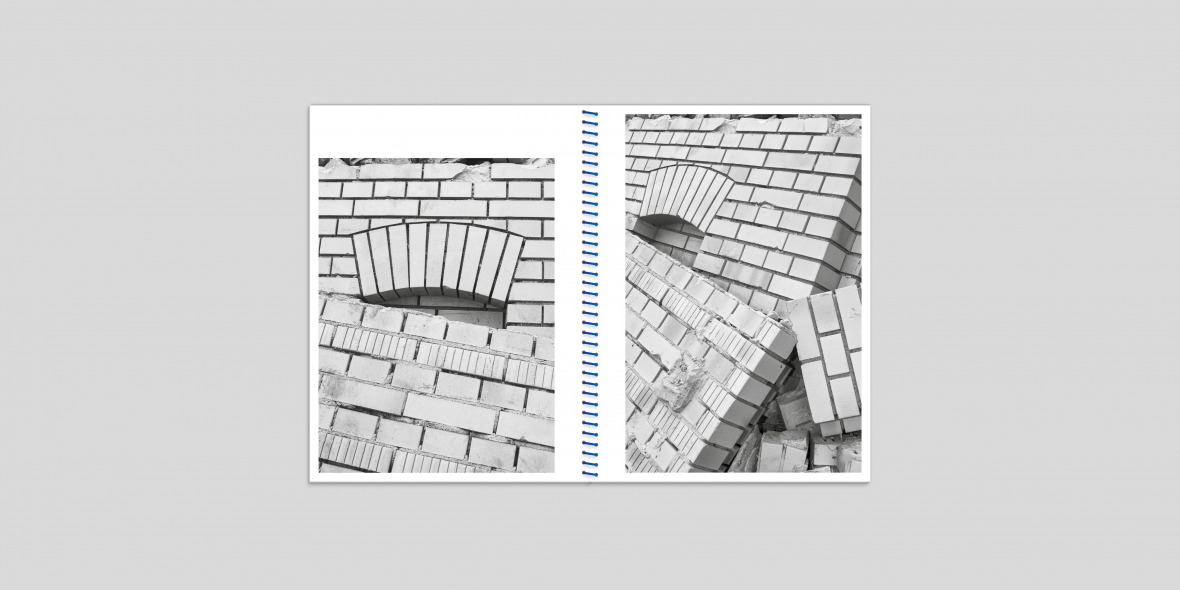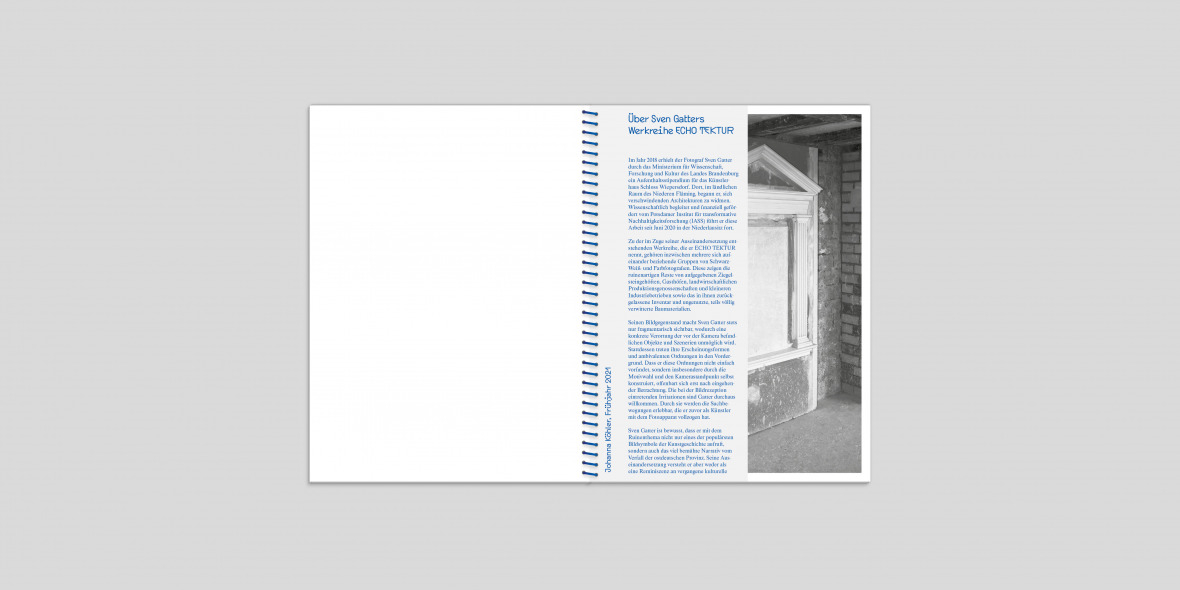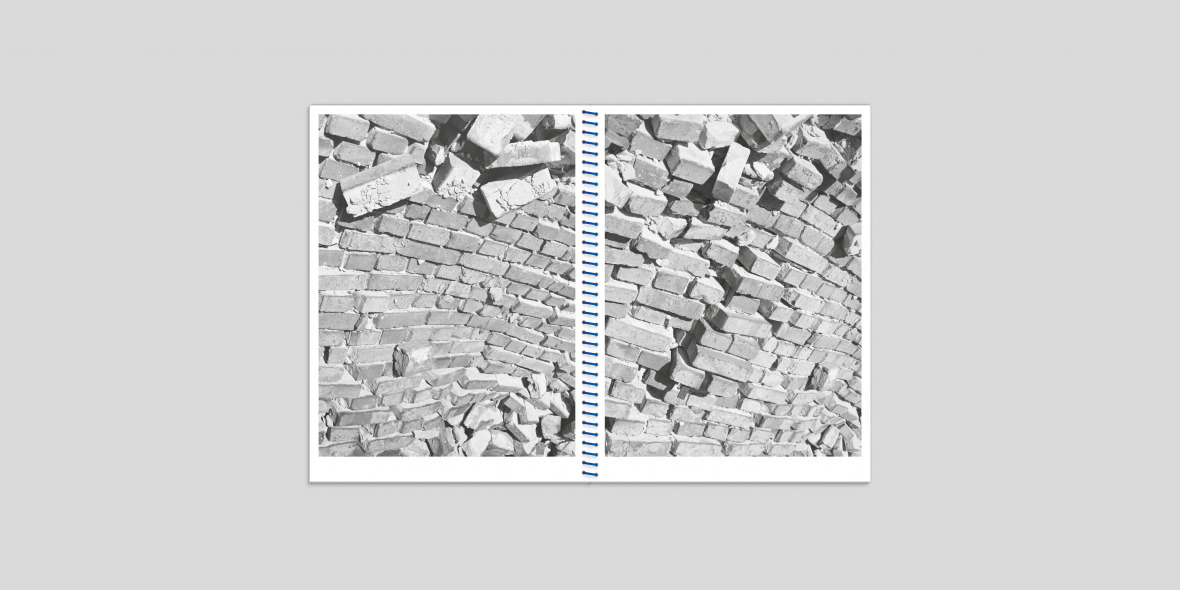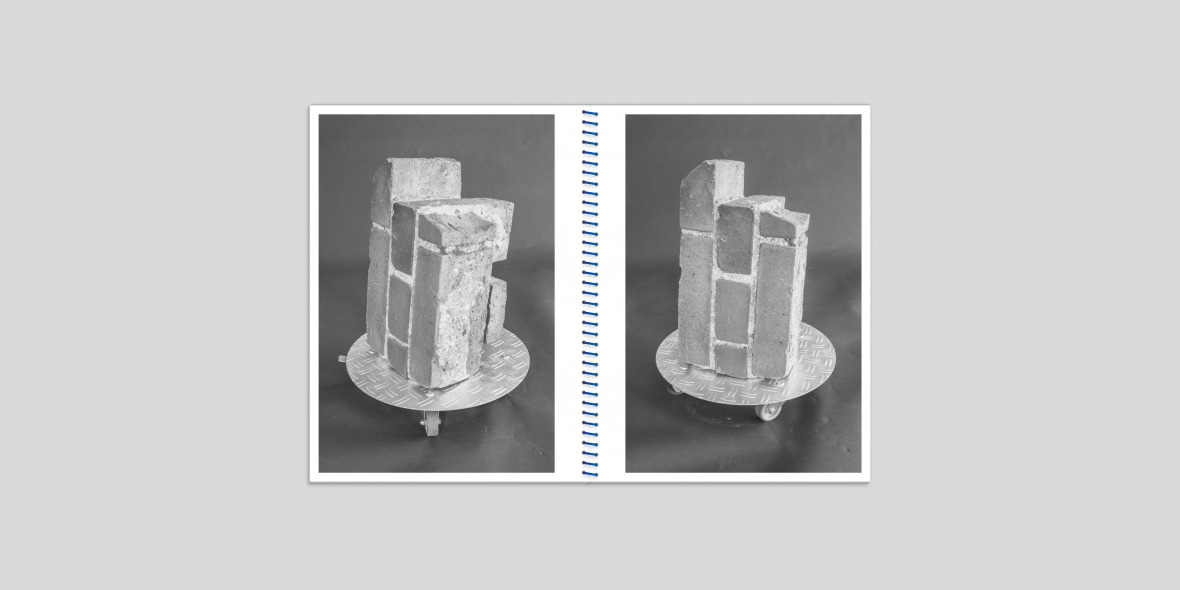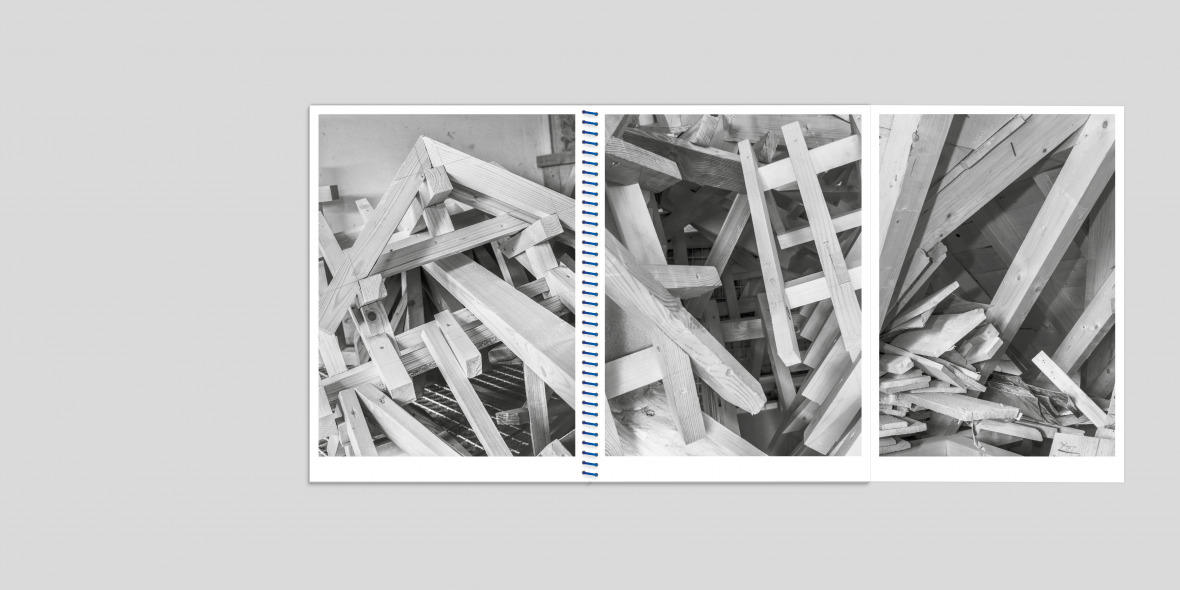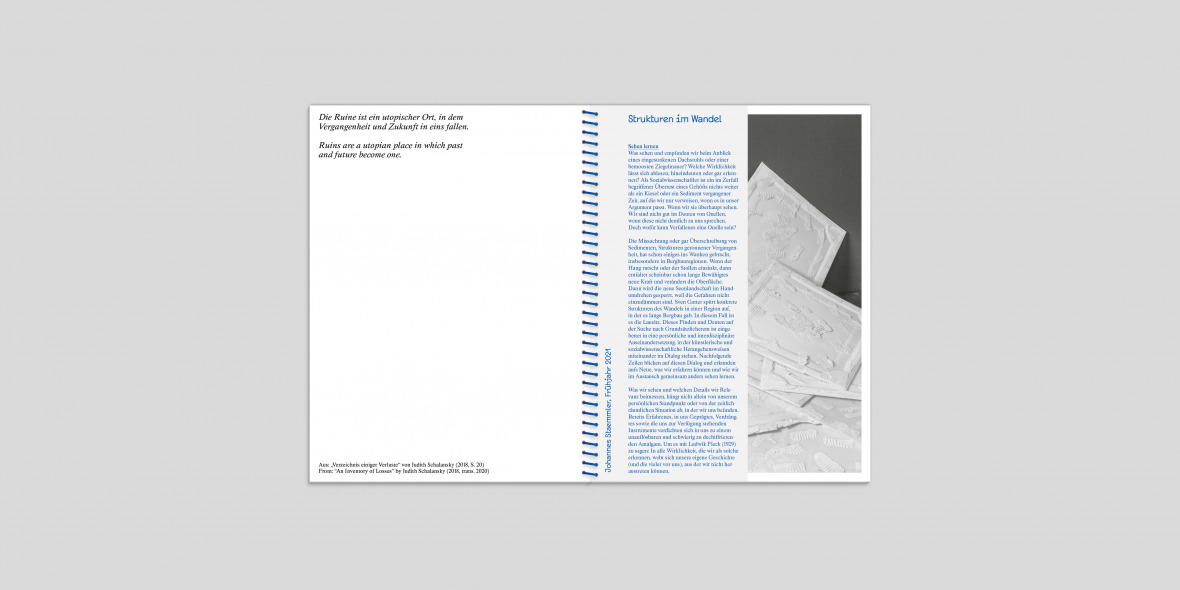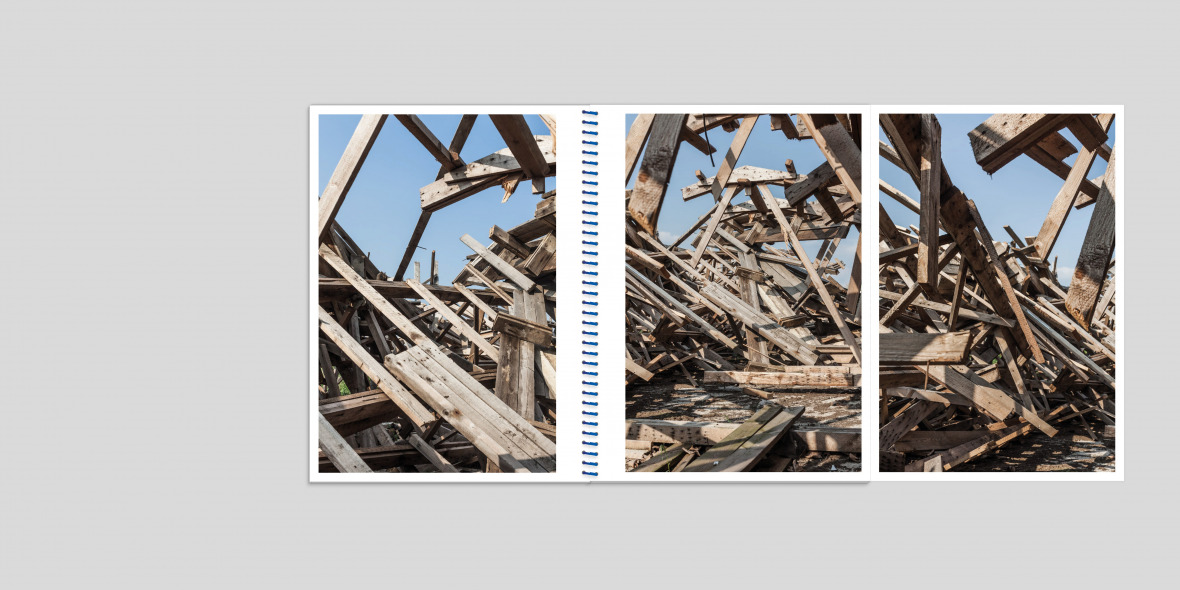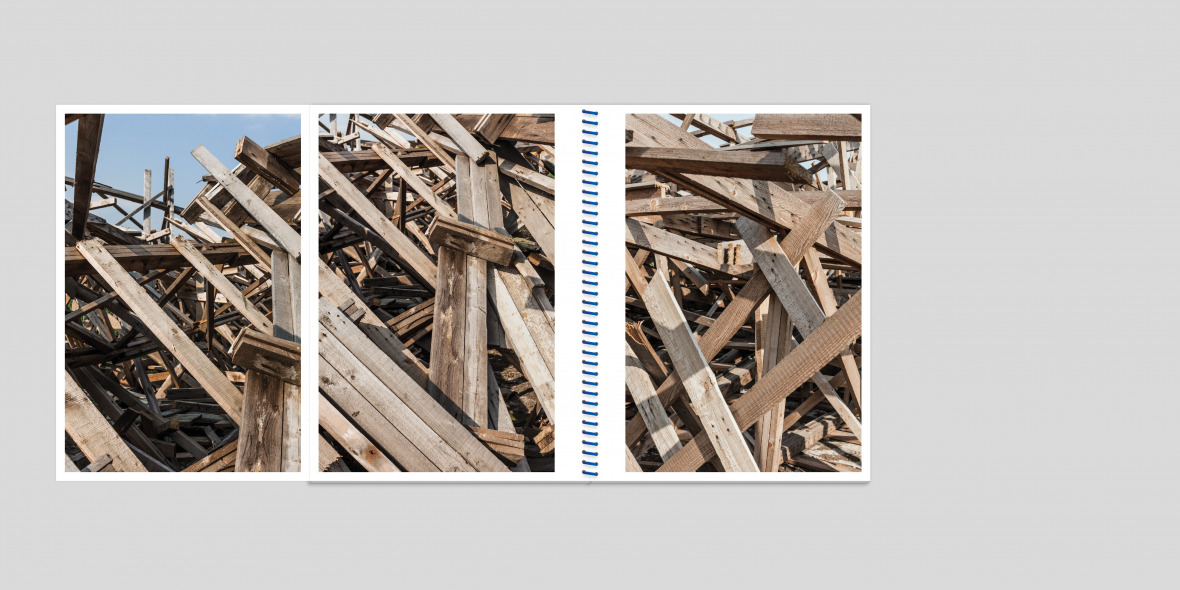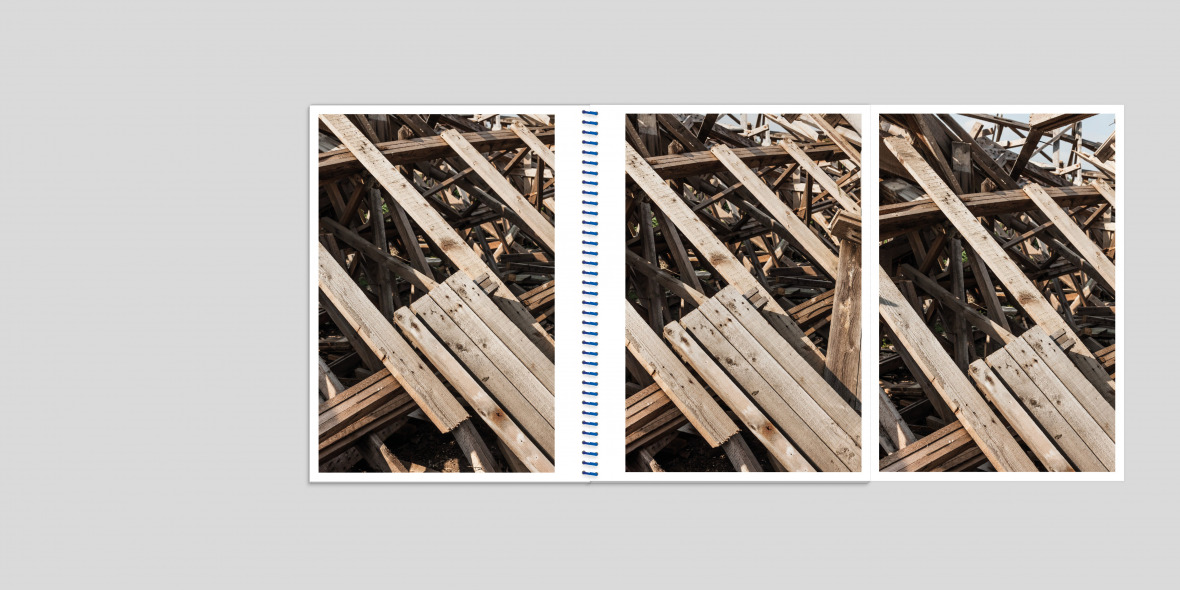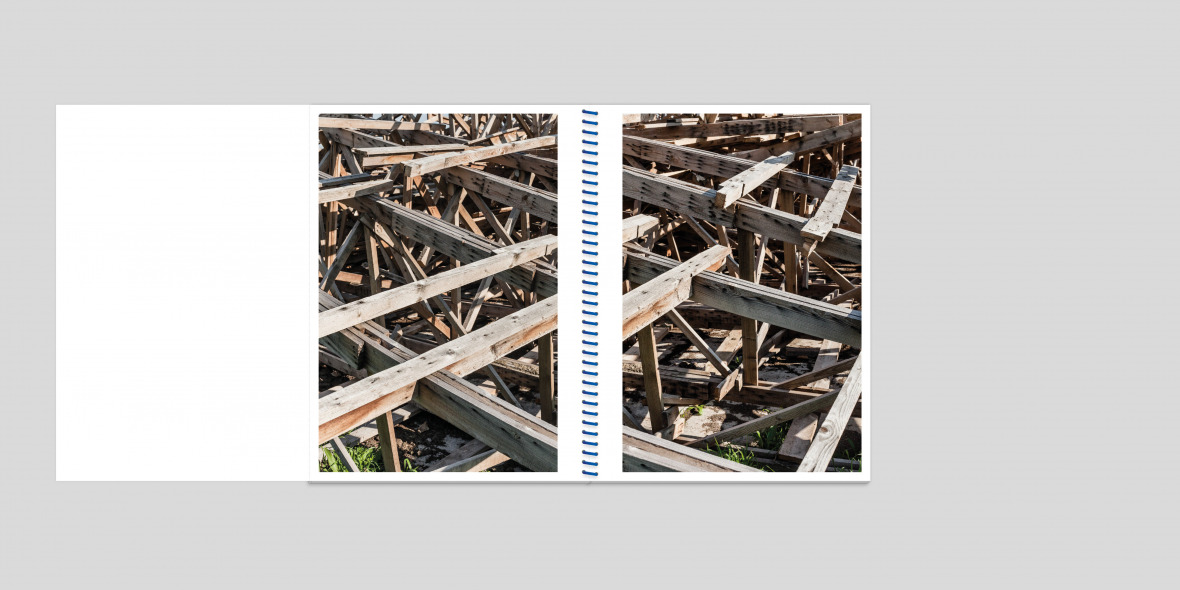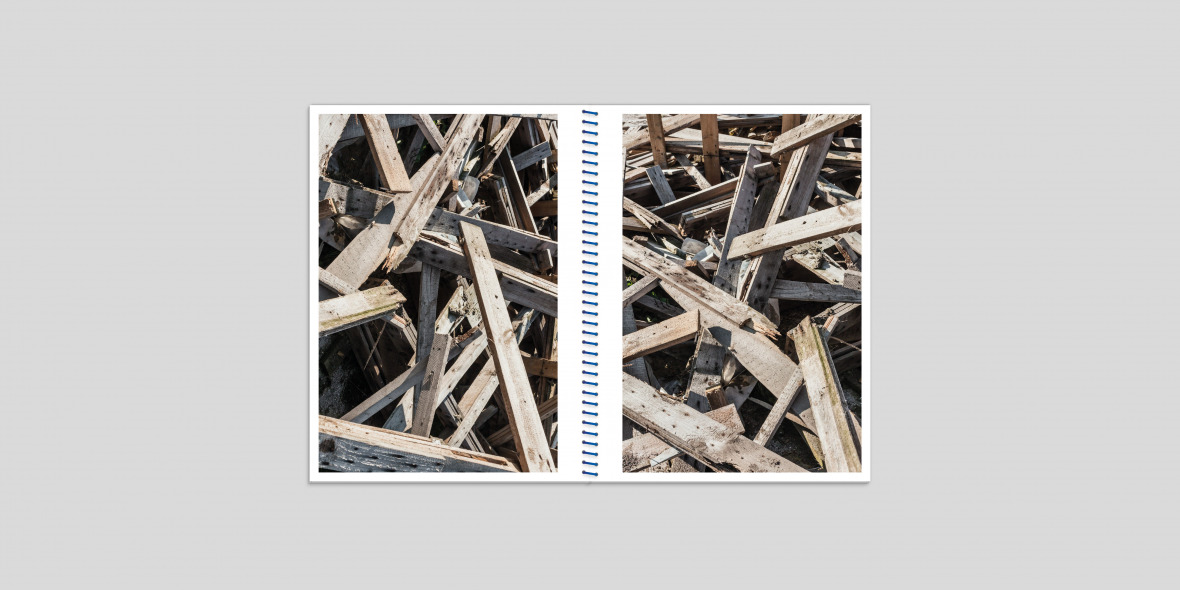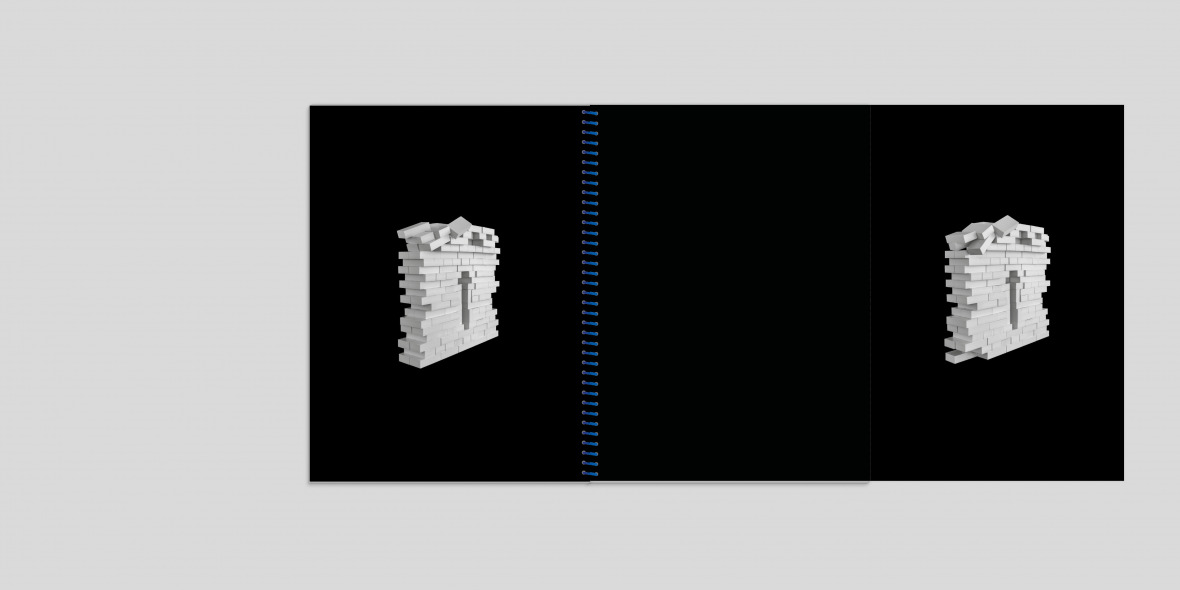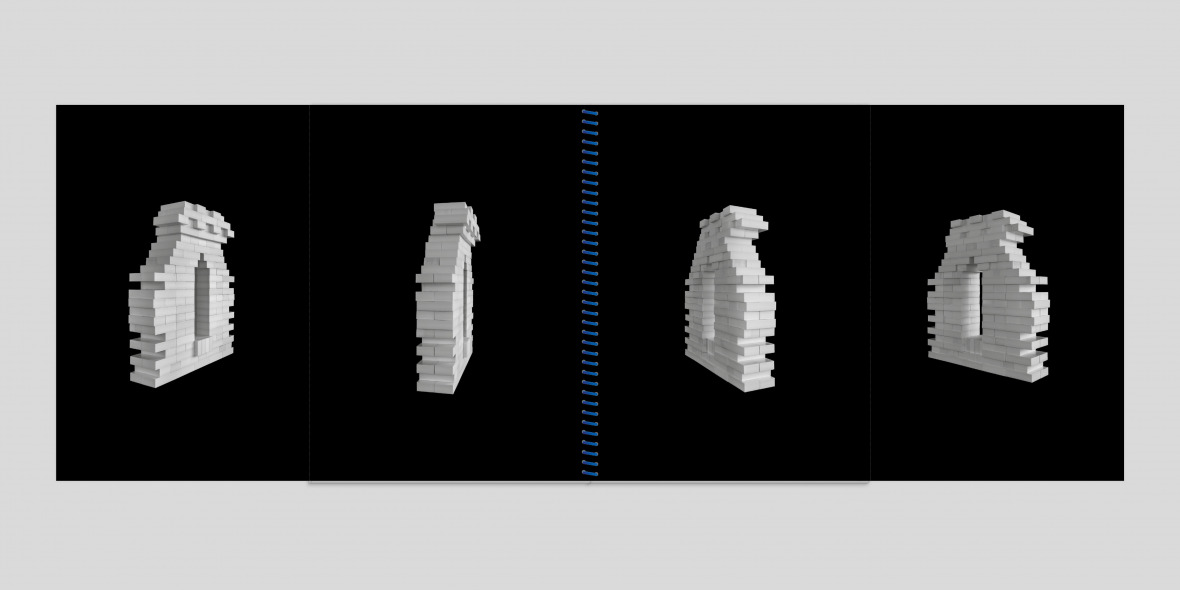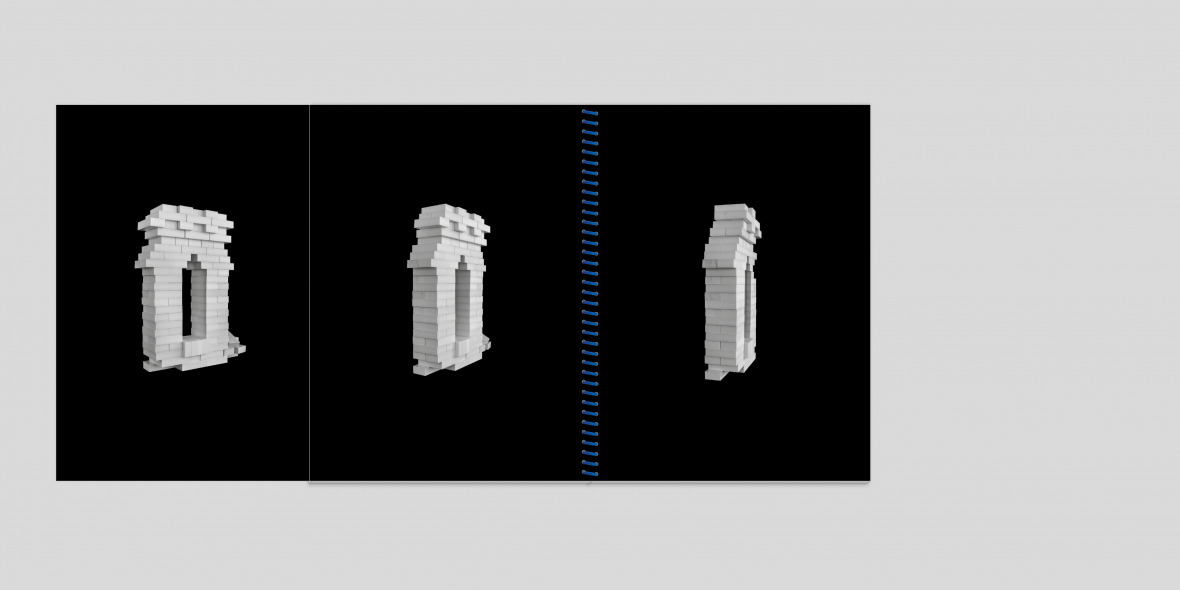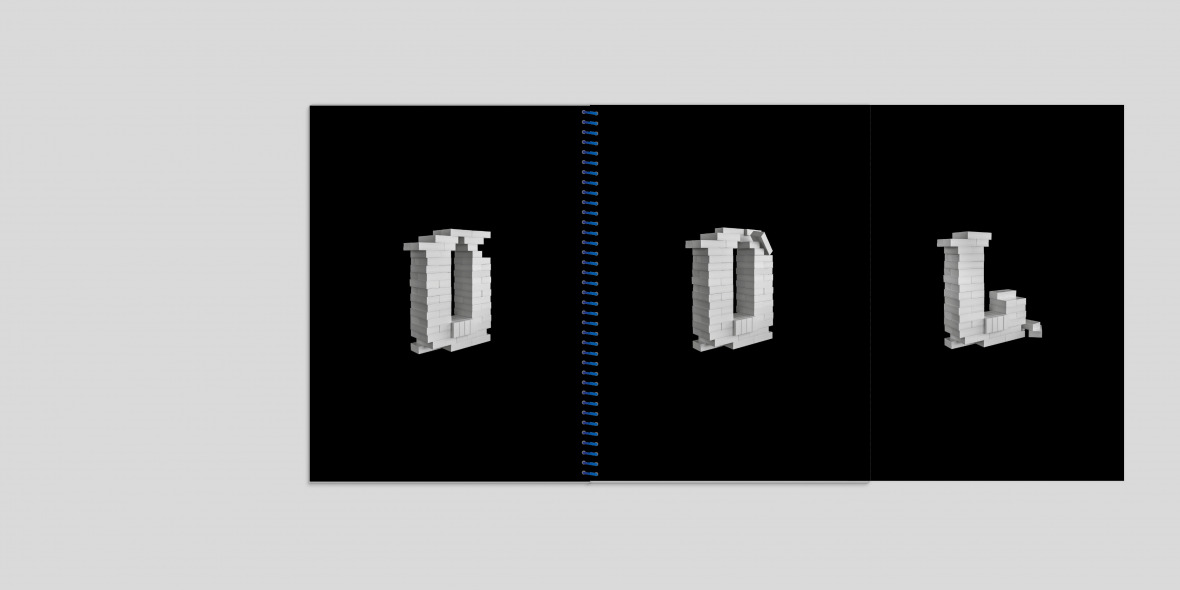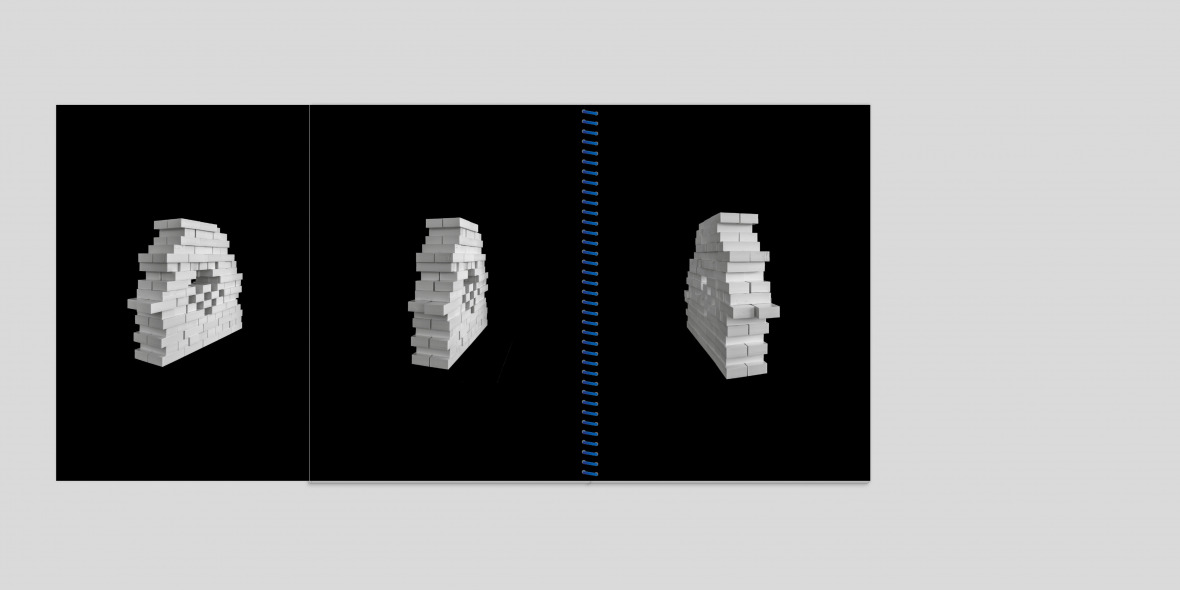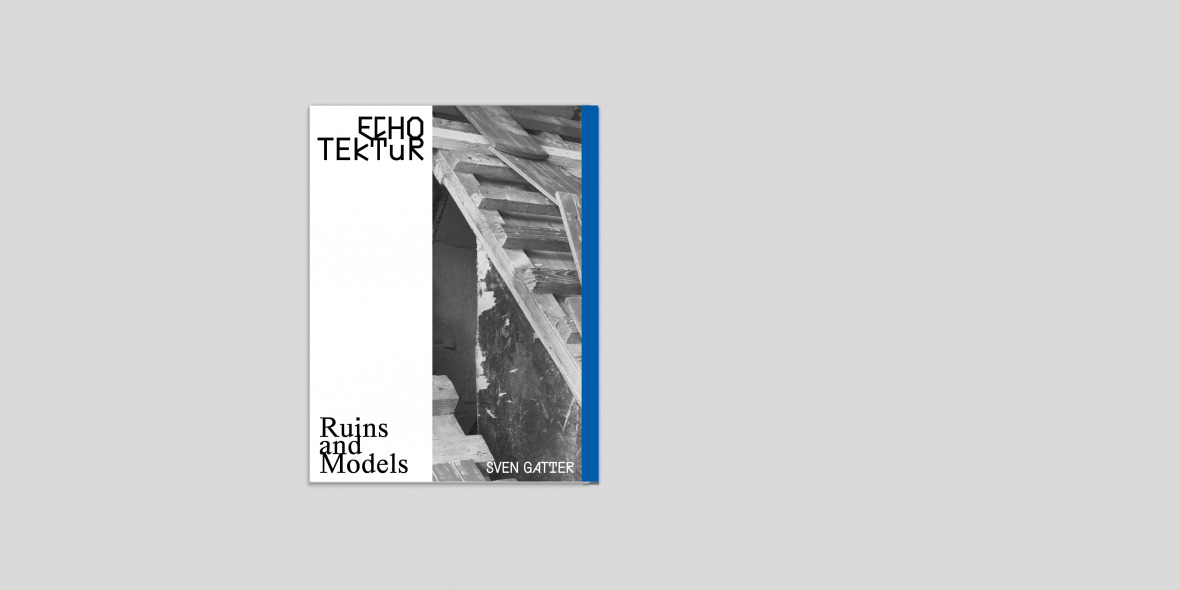Structures in Transformation – Lusatia in Focus
25.06.2021
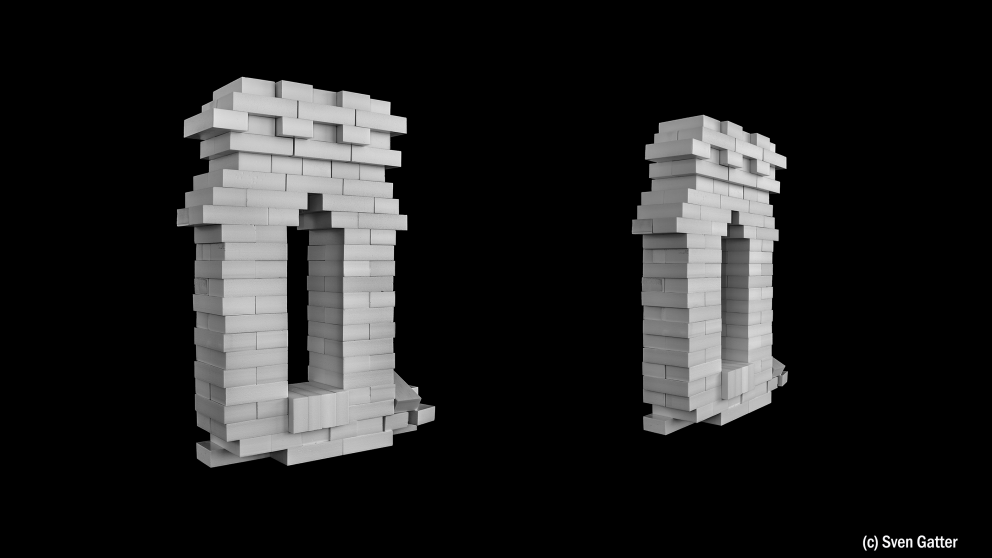
Since 2020 artist and photographer Sven Gatter has been documenting traces of decay and renewal in Lower Lusatia that are simultaneously new beginnings and occasions for discourse. He is now bringing the results of this work together in the artist's book "ECHO TEKTUR. Ruins and Models". IASS researcher Johannes Staemmler has penned a contribution to this publication, which we publish here in an abridged version. Sven Gatter's works will be shown at Brandenburg’s State Museum of Modern Art from 10 September through to 21 November 2021.
From the draft of the forthcoming publication.
What do we see and feel at the sight of a sagging timber roof truss or a mossy brick wall? What reality do we read, interpret, or recognize there? What can decay be a source for?
In 2019, Sven Gatter and I began a conversation about structures that have outlived their original functions. Dilapidated buildings are one example of this, and Lusatia has plenty of these to offer. Drawing on our personal experience of post-socialist transformations and the different observation strategies that we have developed, we encouraged each other to take a closer look at a region on the cusp of yet another transformation.
Sven Gatter's concept of ECHO TEKTUR brings together two terms that can be related to each other in many ways. Tektur refers to structural changes, represented by walls, stones, roof trusses, and more. Today, even the landscape is subject to change and transformed by human interventions. An echo is a reverberation – the delayed and often ambiguous doubling of a sound. For an echo to become audible, physical structures are required to refract the sound waves and sufficient space in which its reverberations can unfold. But in a figurative sense too, we see in buildings and ruins the echo of past ideas. The confrontation with Sven Gatter’s ECHO TEKTUR works opens a space for viewers that plays with the echoes of the past and – at the same time – the present.
Within this search, Sven Gatter directs our view towards essential elements: Walls that once enclosed an interior and beams that held up a protective roof. These are the fundamental elements from which a dwelling is made. They date from an era in which the region was defined more by agriculture than by industry. As coal mining operations expanded and various industries (including textiles and glass) established a foothold in the region in the twentieth century, rural life was replaced and displaced. Triumphing over the hardship of life on the land, boom towns like Hoyerswerda and Cottbus emerged. In the 1990s, these centres of industry were stripped of their function in the blink of an eye, triggering a long wave of outward migration from the region. These slowly disintegrating physical formations of the past can easily be interpreted as a metaphor for the emotional challenges of structural change that see familiar and protected interior spaces begin to dissolve. When business declines, children start their own families in distant towns and old neighbours die away, the social fabric begins to fray as dwellings crumble.
Most of the individual works in Gatter's ECHO TEKTUR series were created in Lusatia, but their origins lie in the confrontation with the forces of acceleration and inertia that accompany structural transformations at various locations. Referencing the fundamental motif of decay and reappropriation that is inherent to every change, their effect extends well beyond Lusatia.
In his photographic explorations, Sven Gatter always tries to engage the people who appear around his scenes in conversation. This creates situations of multi-layered observation that shape his works. When a conversation ensues, interests and curiosity intertwine, bringing to the surface concrete stories about the objects or the region. When residents notice the artist going about his work, their observation creates an initial echo that reverberates across the region.
Sven Gatter's works neither expropriate concrete objects nor do they overwrite pre-existing narratives within the region. Rather, they reveal a sensitivity to structures that only become visible to the people of Lusatia and others through his artistic practice. When the images are exhibited in the Museum of Modern Art in Cottbus and elsewhere an artistic echo will unfold. It will put the subject of structural transformation on the table and create opportunities for (self-)recognition.
In his artistic work, Sven Gatter searches for structures and their often-fragile states as they shift between stability and change, past and future. The social scientific research undertaken at the IASS on structural change in Lusatia is very similar. The challenge of engaging with social structures and their changes, grasping and describing them, and developing an awareness of the fundamental aspects of these processes fosters a particular mindset and it was in this context that Sven Gatter and I came to know each other. A space for conversation and work emerged in which our disciplinary and formal boundaries seem permeable. Accompanying Sven Gatter's artistic research has led me to reflect on my own research practice and broadened my view of the region.
Sven Gatter was born in Halle (Saale) in 1978 and grew up in the East German industrial town of Bitterfeld. He studied applied social sciences in Erfurt from 1999 to 2006, graduating with a thesis on "Photographic images as sources for empirical social research". From 2004 to 2005 he attended the Evening Academy of the Academy of Visual Arts, Leipzig and from 2010 to 2011 the Ostkreuz School of Photography in Berlin.
Since then, his artistic work has primarily focussed on the transformation of East Germany. In 2016, he was awarded the Lotto Brandenburg Art Prize for his photo-text works "Gottes Aue", "Luft Schiffe", "Hütten", "Bernsteine" and “Findling”, which combine photographic work and texts by Gatter with found archive material to create new and subjective narratives.
In 2019 he joined the team at AFF Gallery, Berlin. Gatter is also involved in the work of the association Perspektive hoch 3, where he contributes to cultural, educational, and scientific formats that explore youth experiences within the historical context of the collapse of the GDR and the subsequent German reunification.
Website: https://svengatter.de/echo-tektur/
